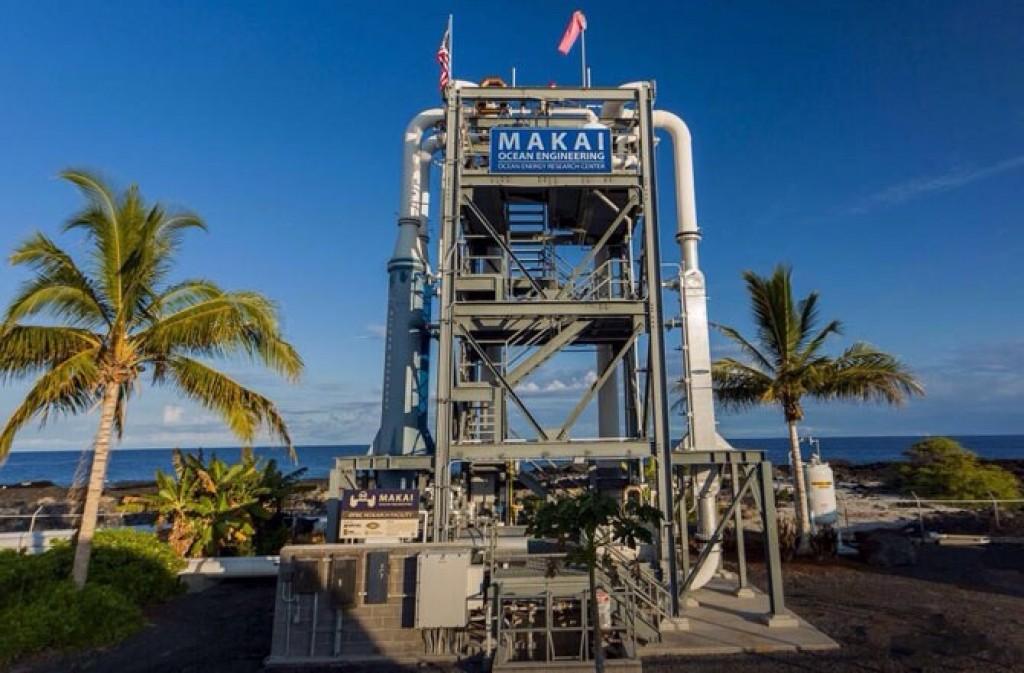RECOMMENDED VIDEOS

Offshore wind power - how it all comes together at sea
Siemens Malaysia Sdn Bhd

Star8 Flexible Solar Panels Installations
Star 8 Solar Green Commercial Pty Ltd

Ningbo Sun Rise Exact Industrial : Manufacturing Full Range…
Ningbo Sun Rise Exact Industrial Co.,Ltd.

NEC Energy Solutions’ ALM 12V35 under voltage and…
NEC Energy Solutions

+SOLAR Project Showcase
Plus Solar Systems Sdn Bhd
Related Stories
The largest solar farm apiary in the US opens this week
The City of London will be powered with 100% renewable energy by October 2018
New study suggests that plastic waste may be transformed into usable energy
Uravu’s zero-electricity Aqua Panels produce gallons of water from thin air
104% of Portugal’s electricity consumption in March came from renewable energy
08 Sep, 2015

Investing in a New Kind of Green Technology: Bullish on Ocean Energy
Renewable Energy & Energy Efficiency | UNITED STATES | 08 Sep, 2015
Published by : Care 2 Trade
Article taken from: Green Chip Stocks
My wife excitedly grabbed my hand and led me from the living room of our apartment out onto the back porch. We were about to watch something spectacular.
It wasn’t anything either of us had ever seen before. It was a rocket launch.
The amazing part of this was that we were located in a suburb north of Baltimore, and the rocket launch was happening at the Wallops Island flight facility off of the coast of Virginia nearly 200 miles away.
With the NASA countdown streaming on our phones, we knew exactly when to expect the darkened sky to be lit up. What we didn’t know was what it would look like from such a distance.
At the call for “ignition,” a small column of bright golden light slowly rose up from the horizon. It traced a glowing line upwards until it was just a shimmering dot like all the other stars in the sky.
I didn’t expect it to be so exciting, but it was truly one of the most awe-inspiring sights of my adult life. Overcoming gravity is difficult for humans, we are so tiny. Seeing mankind overtake its greatest hindrance is amazingly empowering.
When we can loosen the gravitational anchor, our problems on the surface become smaller, like the massive problem of climate change.
From space, we can get a better perspective of the health of the planet.
For nearly thirty years, Earth Observation satellites have provided us with meterological, cartographic, and ecological data. The latter is the category of principal interest to a green tech investor, especially in light of recent news.
Monitoring the Environment
Last Thursday, NASA announced that a major piece of equipment designed to monitor soil moisture from orbit had failed.
The satellite, called SMAP (Soil Moisture Active/Passive) used high power radar to take measurements of water in the top two inches of the Earth’s soil. With it, researchers could get high quality measurements of how much of the earth’s soil is frozen, a useful measurement of global temperature.
It launched in January and observation systems went online in April. Three months later, they went offline. They were meant to survive for three years.
“On July 7, SMAP's radar stopped transmitting due to an anomaly involving the radar's high-power amplifier (HPA). The HPA is designed to boost the power level of the radar's pulse to more than 500 watts, ensuring the energy scattered from Earth's surface can be accurately measured,” said the announcement from NASA’s Jet Propulsion Lab in Pasadena, California.
Those three months of operation provided NASA with a kind of data it never had before, allowing scientists to zoom into soil moisture levels on areas as small as 5.6 miles in size.
With the high-powered active radar system offline, the satellite can still provide passive radiometric data, but the resolution is cut down to areas 25 miles in size. Scientists are developing ways to use this resolution and seeing if it can be improved in any way.
We don’t typically think of radar as a “green” investment, but the first-of-its kind SMAP data has revealed that this type of radar can show us sea surface salinity, measure the winds over the ocean’s surface, and get granular measurements of the impact of storms on the water table.
These capabilities were not part of the original SMAP objectives, which focused mostly on the carbon cycle, water and energy fluxes, and climate forecasting.
Radar is proving to be as useful a tool for environmental conservation as any we have.
Many of the satellite missions to come in the next five years are going to focus on understanding climate change by observing the oceans. The JASON 3 and SWOT missions, for example, with both look at ocean topography and measure how the seas are changing in the changing climate.
Better understanding the oceans will allow us to better use them as a clean source of power. After all, the world’s first ocean thermal energy conversion (OTEC) plant was opened in Hawaii at just about the same time as NASA announced the failure of SMAP.
This project uses warm surface waters to vaporize ammonia which has a very low boiling point. The steam created from that reaction spins turbines and generates power. While this plant, developed by Makai Ocean Engineering, also a prototype, is considered a big win for OTEC technology because any profits the 100 kW facility generates will be reinvested into research.
With radar providing better information on the temperatures of the oceans, the viability of this power source also improves.
If you want to talk about empowerment, think about overcoming gravity AND THEN overcoming climate change. What a world, right?
